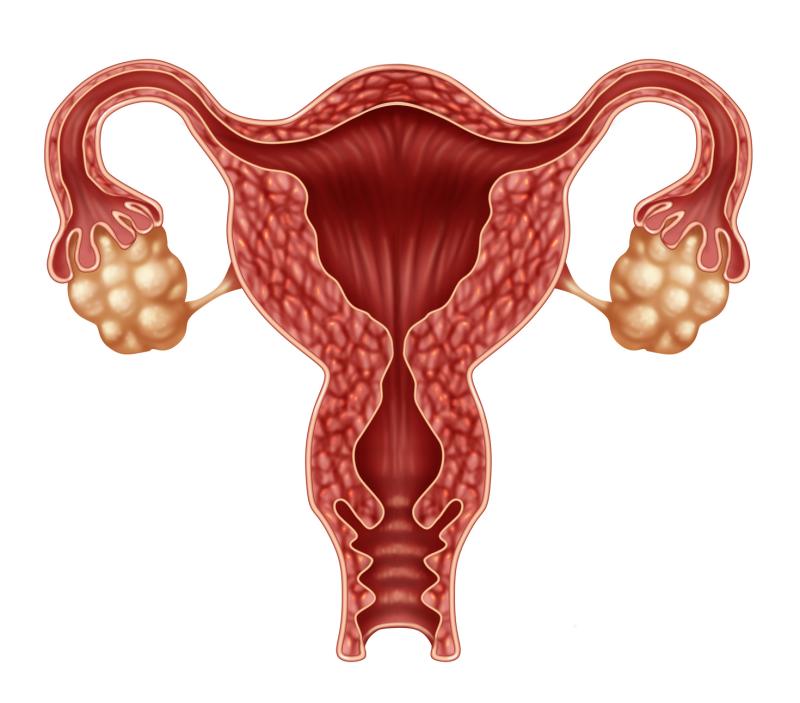
A recent study suggests that the optimal timing to detect dysplastic lesions of the cervix is 1 minute following the application of acetic acid during colposcopy.
Of the 300 women included, 290 (96.7 percent) were diagnosed with the most severe colposcopic lesion after 1 minute. This proportion did not improve after 3 minutes (290/300; 96.7 percent) or after 5 minutes (233/264; 88.3 percent).
On the other hand, the number of minor and major changes continuously declined over time from 142 in 300 (47.3 percent) at 1 minute to 107 in 265 (40.5 percent) at 5 minutes, and from 110 in 300 (36.7 percent to 91 in 264 (34.5 percent), respectively.
The median time until first appearance of the most severe colposcopic lesion was 13.5 seconds (interquartile range [IQR], 3–27.25). This was markedly lower in high-grade squamous intraepithelial lesion (7 seconds; IQR, 1–20) than in low-grade squamous intraepithelial lesion (19 seconds; IQR, 9–39.5; p<0.001).
Of the cases, 78 percent showed fading of acetowhite lesions, occurring at a median of 191 seconds (IQR, 120–295) after application of acetic acid. Fading started earlier in high-grade vs low-grade squamous intraepithelial lesion (179.5 vs 212.5 seconds; p=0.044).
The overall net difference between colposcopic assessments at 3 minutes vs 1 minute was one more high-grade and one less low-grade squamous intraepithelial lesions.
“Continued evaluation for up to 3 minutes may be considered reasonable for an optimal high-grade squamous intraepithelial lesion yield,” the authors said. “However, fading of acetowhite lesions is common, especially in high-grade squamous intraepithelial lesions, and supports a recommendation of not prolonging colposcopy beyond 3 minutes.”
This study recruited consecutive women referred to a colposcopy unit. The authors used a standardized colposcopy protocol to record the most severe lesion 1, 3, and 5 minutes after acetic acid application (primary endpoint).
Time to first appearance of the most severe colposcopic lesion, highest staining intensity, and fading of the most severe lesion were video recorded (secondary endpoints, assessed by three raters independently). Parametric and nonparametric tests were used to compare results.